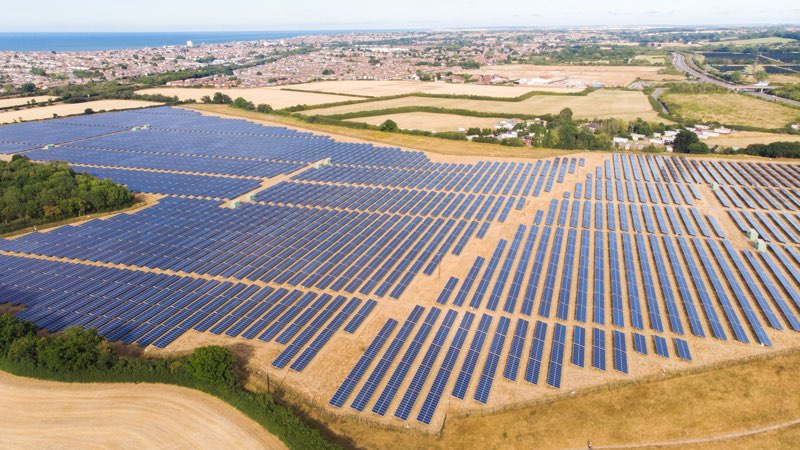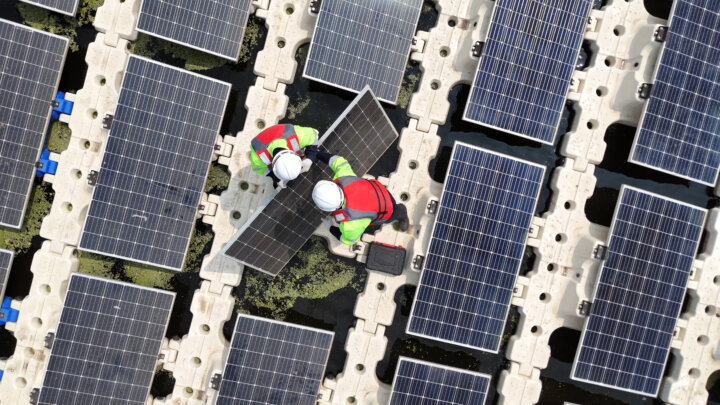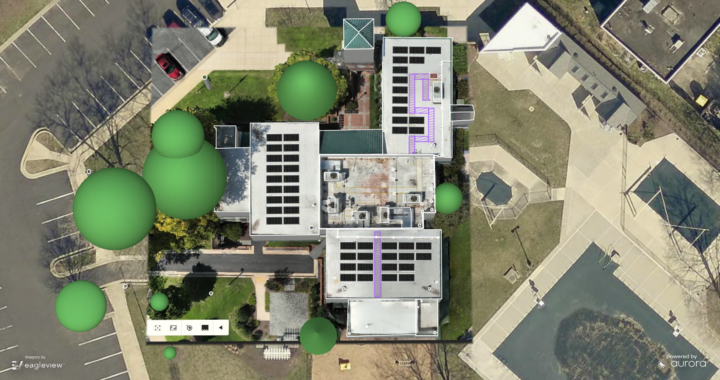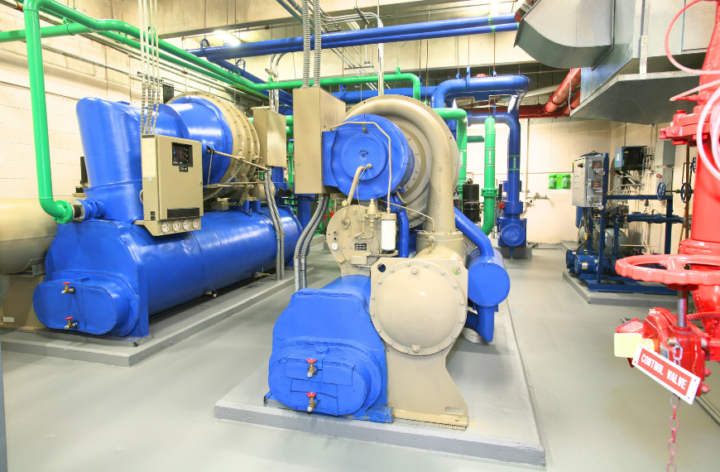So, what exactly is SCADA and how does it relate to solar energy systems?
Well, SCADA stands for Supervisory Control and Data Acquisition. Essentially, it’s a technology that allows operators to keep an eye on and manage the performance of photovoltaic (PV) systems. This becomes particularly crucial for utilities companies, as they need to ensure the smooth operation of the overall power grid. Typically, when it comes to PV systems exceeding 500 kilowatts, utility companies mandate the installation of a SCADA system.
Now, diving into the nuts and bolts of a SCADA setup for PV systems, you’ve got a few key components:
The MTU, or Master Terminal Unit, acts as the central hub. Think of it as the brain, running the SCADA software.
Then there’s the RTU, or Remote Terminal Unit. These are hardware units scattered throughout the system, communicating with various devices like sensors, inverters, trackers, and so forth. They gather real-time data and send it back to the master station.
And let’s not forget about the Communication System, which is essentially how all these different devices within the PV system connect and talk to each other. Often, this involves hardwired connections, typically via fiber optic cables.
Now, why exactly is SCADA necessary, you might wonder? Well, utility companies rely on SCADA to keep tabs on your system’s behavior and its interactions with the grid. They’re keen on preventing any potential damage, over-exporting, or voltage fluctuations that could disrupt the stability of the grid.
As for the process of implementing a SCADA system, it involves setting up the hardware and software components, configuring them to communicate effectively, and integrating them seamlessly into your existing PV system. During this phase of your project, we will collaborate with your respective utility company and incorporate their setting requirements. It’s a meticulous process aimed at ensuring everything runs smoothly and efficiently.
It’s crucial to understand the impacts that SCADA implementation can have on your project:
- There will be added costs for engineering, hardware, labor, and utility fees.
- The process of obtaining permission to operate may take longer, often requiring a witness test by the utility company.
- If the utility imposes export limitations, your system’s production could be affected.
Ready to kickstart your PV project? Contact us today and let us handle all the heavy lifting for you.
